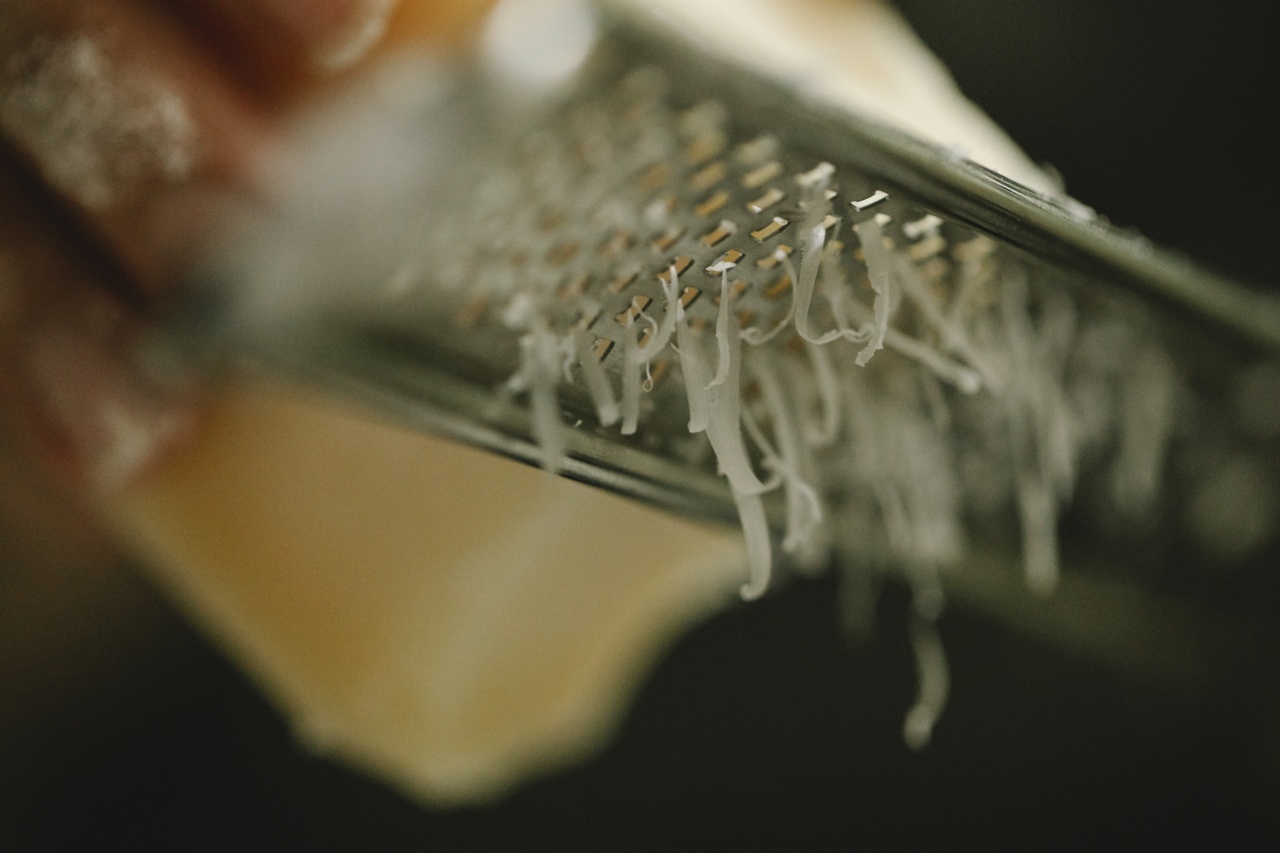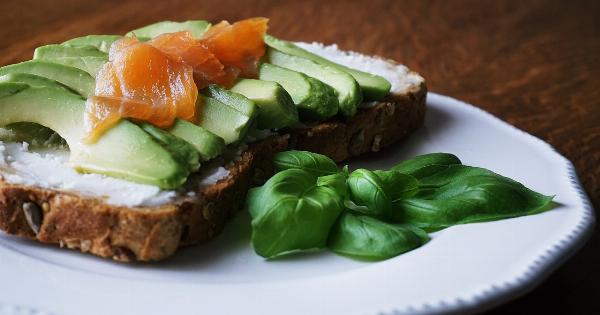Eating healthy doesn’t have to mean bland, tasteless meals. By adding some nutrient-packed ingredients to your meals, you can boost the nutritional value without sacrificing taste. Here are our top 30 tips for boosting nutrition in your meals:.
1. Add Vegetables to Your Breakfast
Most people don’t think of vegetables as a breakfast food, but they can make a big difference in the nutritional value of your morning meal. Try adding spinach, kale, or mushrooms to your omelet or scrambled eggs.
2. Choose Whole Grains
When you’re buying bread, pasta, or rice, choose the whole grain option. Whole grains are a great source of fiber, which can help you feel full and satisfied longer.
3. Mix Up Your Greens
Don’t just stick to one type of greens. Mix up your salads with a variety of leafy greens like spinach, kale, and arugula. Each type of green has its own unique set of nutrients.
4. Cook with Herbs and Spices
Instead of relying on salt for flavor, try cooking with herbs and spices like oregano, basil, turmeric, and ginger. These ingredients have anti-inflammatory properties and can help boost your immune system.
5. Add Nuts and Seeds to Your Meals
Sprinkle some nuts and seeds on top of your oatmeal or yogurt, or add them to your salad. They’re a great source of healthy fats, protein, and fiber.
6. Use Avocado in Place of Mayo
Avocado is a great source of healthy fats and can be used in place of mayonnaise in sandwiches and salads. Mash it up and spread it on your bread for a creamier alternative to mayo.
7. Swap out Ground Meat for Turkey or Chicken
If you’re making meatballs, chili, or burgers, consider using ground turkey or chicken instead of beef. They’re lower in fat and calories, but still packed with protein.
8. Add Broccoli to Your Pasta Dish
Steam some broccoli and add it to your pasta dish for some extra fiber and vitamins. You can also mix in some cherry tomatoes and garlic for a flavorful, nutritious meal.
9. Make Your Own Trail Mix
Instead of reaching for a bag of chips or candy, make your own trail mix with nuts, seeds, and dried fruit. It’s a great snack that will give you energy without the sugar crash.
10. Choose Low-Sodium Foods
When you’re buying canned and packaged foods, make sure to choose the low-sodium option. Too much sodium can lead to high blood pressure and other health problems.
11. Snack on Carrots and Hummus
Carrots are a great source of Vitamin A, while hummus is high in protein and fiber. Together, they make a delicious and healthy snack.
12. Use Greek Yogurt Instead of Sour Cream
If you’re making a dip or dressing that calls for sour cream, try using Greek yogurt instead. It’s lower in fat and calories, but still has that creamy texture.
13. Add Berries to Your Smoothie or Yogurt
Berries are a great source of antioxidants and can add some sweetness to your meals without the added sugar. Try adding frozen berries to your smoothie or stirring some fresh berries into your yogurt.
14. Make Your Own Salad Dressing
Instead of buying store-bought salad dressing, make your own with olive oil, vinegar, and some herbs and spices. It’s a healthier option without any added preservatives.
15. Use Applesauce in Your Baking
Applesauce can be used as a replacement for oil or butter in baking recipes. It adds moisture and sweetness without any of the added fat.
16. Add Beans to Your Soup
Beans are a great source of protein and fiber, and can add some thickness to your soup. Try adding white beans to your chicken noodle soup or black beans to your chili.
17. Cook Your Vegetables in Broth
When you’re sautéing your vegetables, try cooking them in some chicken or vegetable broth instead of oil. It adds flavor and moisture without any added fat.
18. Use Quinoa Instead of Rice
Quinoa is a highly-nutritious seed that can be used as a replacement for rice in your meals. It’s high in protein and fiber, and has a nutty, delicious flavor.
19. Add Flaxseed to Your Oatmeal
Flaxseed is a great source of omega-3 fatty acids and can be easily added to your oatmeal. Just sprinkle some on top and stir it in.
20. Try Some Fermented Foods
Fermented foods like kimchi, sauerkraut, and kefir are great sources of probiotics, which can help improve digestion and boost your immune system.
21. Switch to Low-Fat Dairy
If you’re used to drinking whole milk or using full-fat cheese, consider switching to low-fat or fat-free options. They’re just as tasty, but with fewer calories and less saturated fat.
22. Add Tuna to Your Salad
Tuna is a great source of protein and omega-3 fatty acids. Try adding some to your salad for a delicious and nutritious lunch.
23. Snack on Edamame
Edamame is a great source of protein and fiber, and makes for a delicious and crunchy snack. You can also add it to your stir-fry or salad.
24. Choose Lean Cuts of Meat
If you’re eating meat, make sure to choose lean cuts like chicken breast, pork loin, and sirloin steak. They’re lower in fat and calories, but still have plenty of protein.
25. Roast Your Vegetables
Roasting your vegetables is a great way to bring out their natural sweetness and flavor. Try roasting some sweet potatoes, Brussels sprouts, or broccoli for a tasty side dish.
26. Mix Up Your Protein Sources
Don’t just rely on meat for protein. Try incorporating some plant-based sources like beans, lentils, and tofu into your meals.
27. Add Some Spice to Your Tea
Instead of adding sugar to your tea, try adding some cinnamon, ginger, or cardamom. These spices have anti-inflammatory properties and can help regulate blood sugar.
28. Snack on Roasted Chickpeas
Roasted chickpeas are a crunchy and satisfying snack that are high in protein and fiber. Try seasoning them with some spices like cumin or chili powder for some added flavor.
29. Mix Your Grains
Don’t just stick to one type of grain. Mix things up by adding some quinoa to your rice, or some barley to your soup. Each type of grain has its own unique set of nutrients.
30. Don’t Forget to Hydrate
Drinking plenty of water is essential for overall health and helps keep your body functioning properly. Make sure to stay hydrated throughout the day, especially if you’re eating a lot of fiber-rich foods.





























